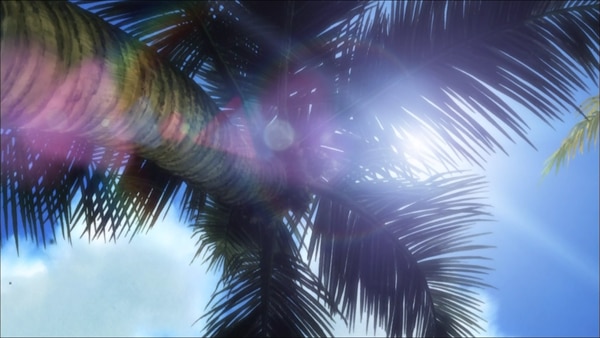If you are feeling blue, banish the “blues” and let the color, Indigo, inspire you to mull over the color that changed the world. Your thoughts and design ideas about this unique color may surprise you.
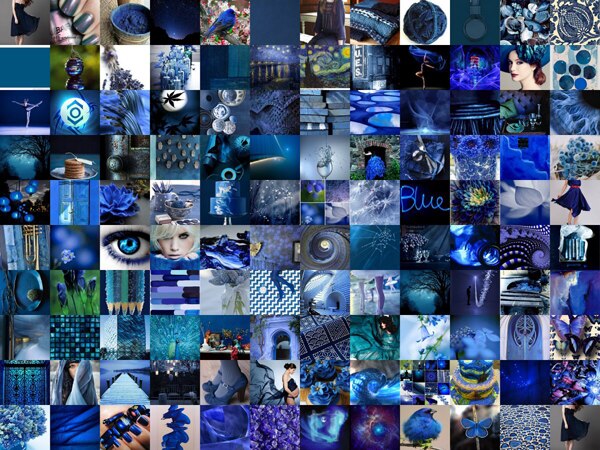
The color, indigo, dates back millennia and is one of the oldest dye techniques, linked to India’s, Indus Valley, where the leaves of the indigo plant turn dark blue when processed. Who would have discovered that these special green leaves can turn a surprise deep blue? That is still an unanswered question but the dye matter that is released was named, “indikon” (Greek), and is derived from two words, dye and India. The magic blue color was especially revered as blue dyes were very rare before the rise of synthetic dyes. I am reminding you of the few naturally occurring blue fruits and flowers that exist in nature. Indigo has captivated civilizations with its extraordinary qualities. The indigo plant is a legume with over 300 species, and although this plant grows in many places in the world, the extraction process was very expensive and not mass produced. The natural dyeing process survives today in many rural villages and marketplaces and in artisan workshops.
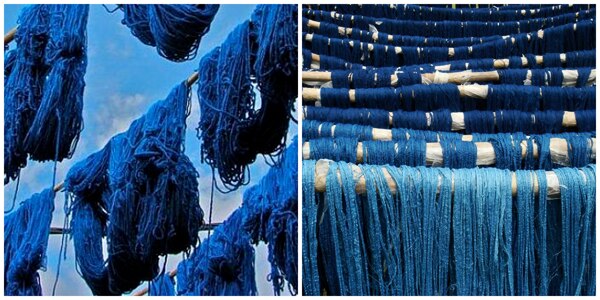
To derive the true indigo color, the cultivation or the wild harvesting of the plant must take place (many plantations were even present in South Carolina during the 19th Century). The actual indigo leaves are collected and then composted in an alkaline water bath for 12-18 hours as the water turns blue as air is constantly beaten into the water to create the chemical reaction from green to blue as the molecules bond together. In some countries, this step is done “by feet”- not by hand or machine. A subsequent blue sludge or sediment settles in the dye vat, which is then dried into chunks or blocks of concentrated dye-indigo essence.
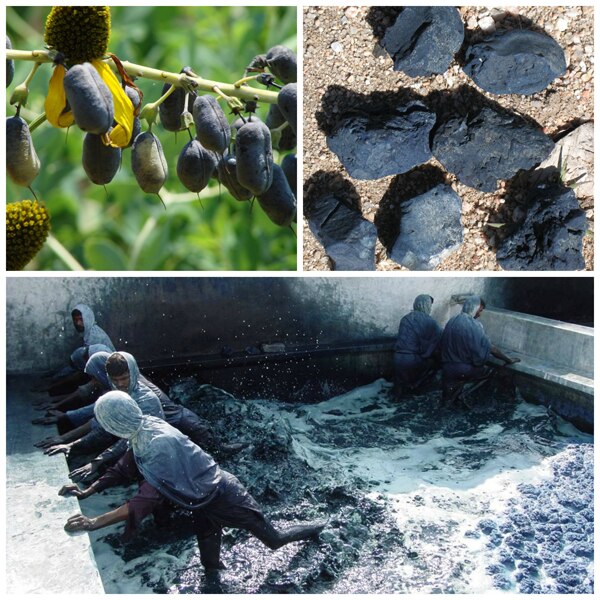
A dye bath is then prepared as the blocks of dye are pounded into powder and stirred into a dye vat as fabric or yarn or cloth are steeped into a sublime color. Natural indigo is not a stable dye so each dye vat can vary and each indigo artist or dyer often has a special recipe, sometimes adding lime, alcohol, molasses, sake or other ingredients to enhance the special effects of the blue. Once the cloth is done, it is a greenish color until more oxygen from the air is infused to finally create the magnificent hue. In addition, the color has the unique ability to only color the surface of the yarn, only partially penetrating the fibers, giving indigo its characteristic faded look. Our denim jeans would just be an ordinary blue without indigo, our favored color in all things fashion.
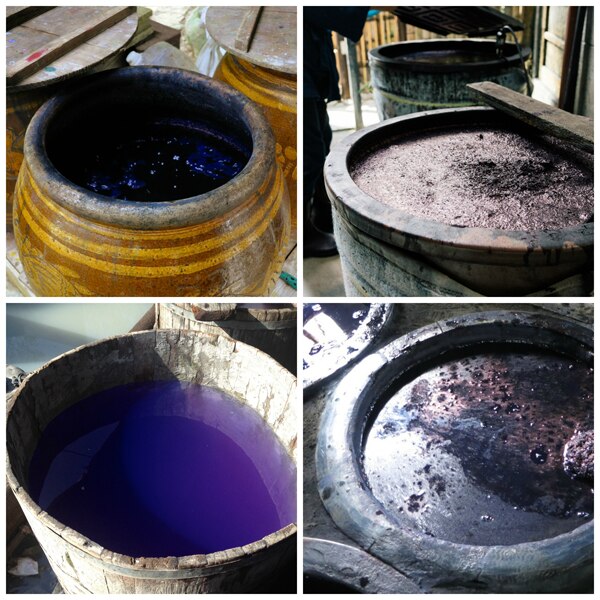
Designing with indigo is truly an art form in its original and primitive process, prized for its evanescent qualities and immutable color.
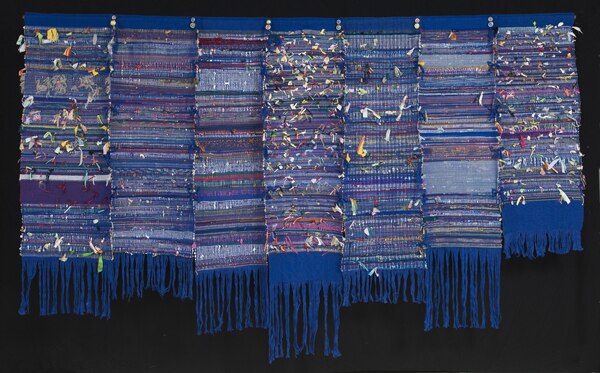
Levi-Strauss solely changed the tenor of indigo with his dedication to making strong and sturdy work pants during the California Gold Rush. As a dry-goods immigrant, he foresaw the need for utilitarian work wear and came to America with a load of ships’ sails and canvas covers to start a new business in America. He found that canvas was too heavy and located a distinctive blue serge material that was imported from Nimes, France, under the name of “denim”- an Americanized word derived from, “de Nimes,” or “from Nimes.” This blue serge material was dyed to create the special weave coloring effect that Levi Strauss made into overalls and blue jeans. The rest is history; little did he know that the real gold would become denim. Just look at the price tags on designer jeans! Denim jeans are the most popular article of clothing today with over 2.3 million pairs sold each year.
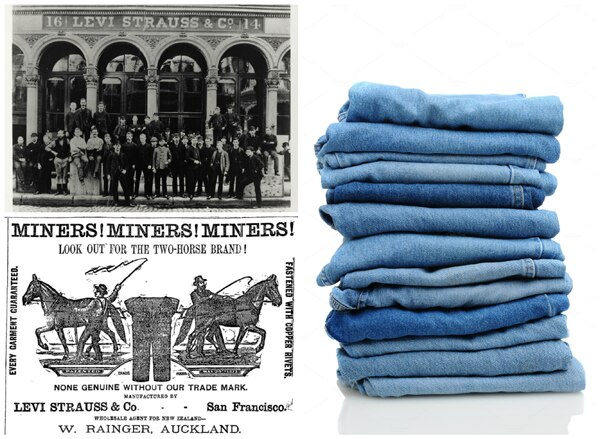
Due to the increased demand for blue jeans, a synthetic indigo dye process was developed in 1869 by a German chemist and Nobel Prize winner, Adolph von Bayer, who created a synthetic powder, making this dyeing procedure less expensive and easier to control, opening the flood gates to all things indigo. However, in its natural state, the color continues to fascinate weavers, tailors and artists as they transform this deep, mysterious color into visions of beauty.
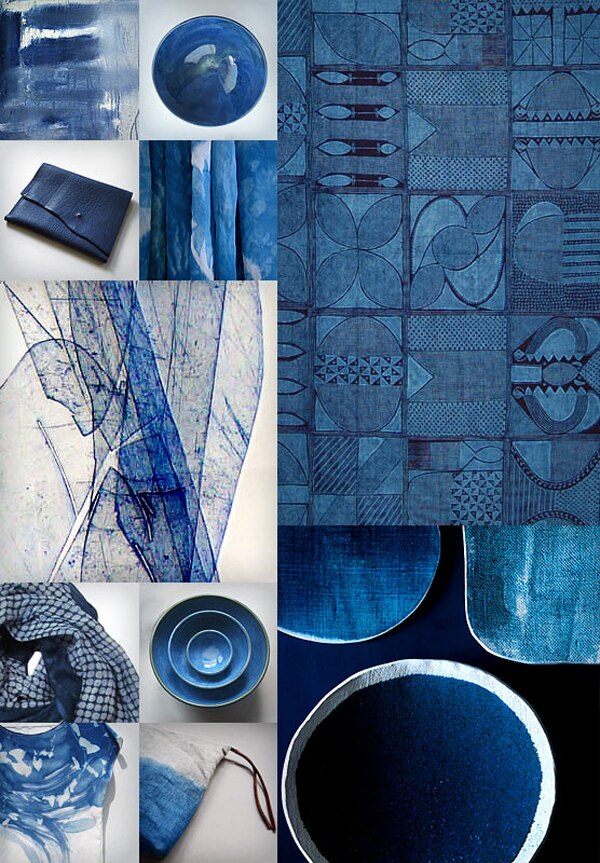
This spectacular color can be transformed into your decorating style as indigo’s vibrancy and depth imparts a rich blue spirit to your windows. Roller shades, Roman shades and drapes designed in indigo lend a classic intensity to any room.


Extend indigo to your entire room for an explosive accent or for an understated elegance. Let indigo blue inspire you to weave your own design style of blueness and embrace the mood as a look back to ancient traditions and to modern exuberance.

Let blue indigo resonate all through your home as you dream in this wondrous color.
